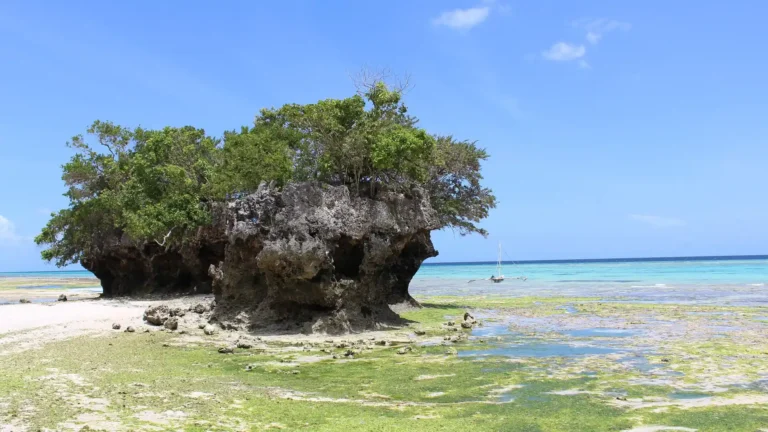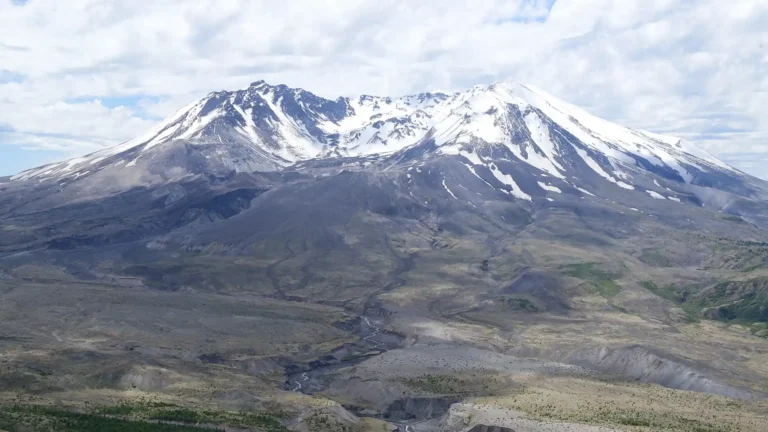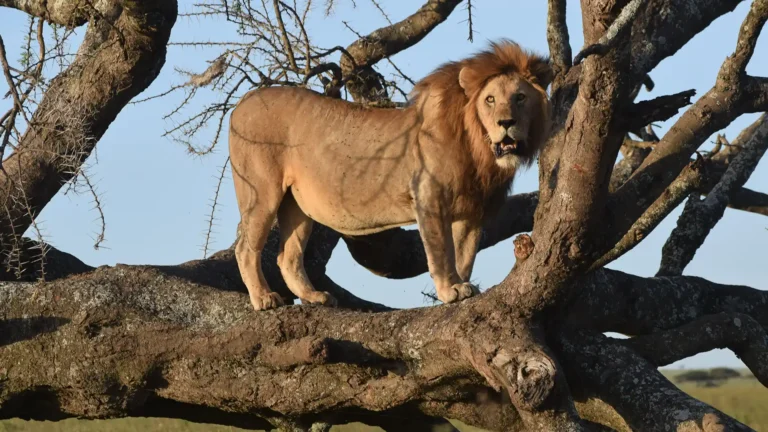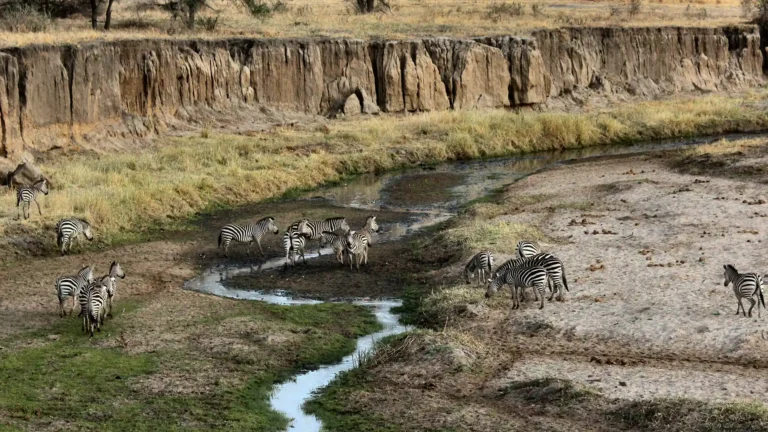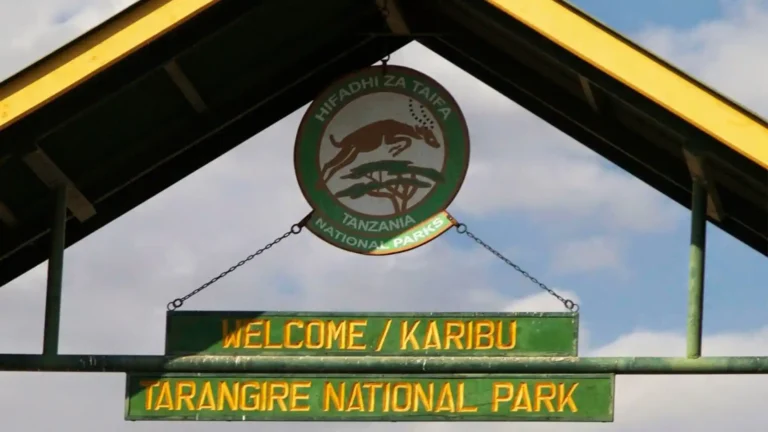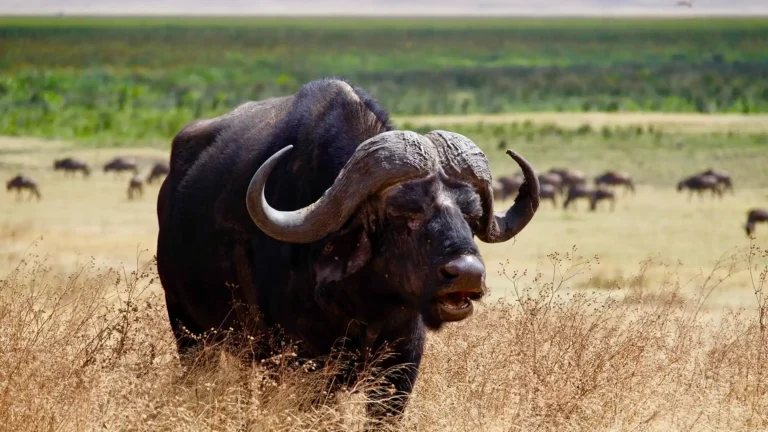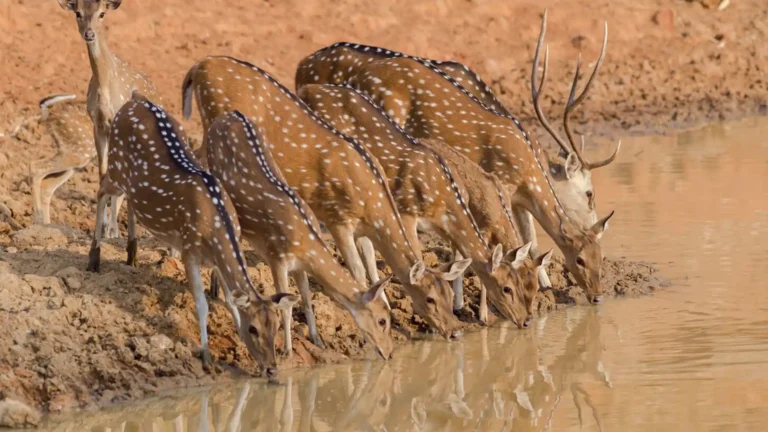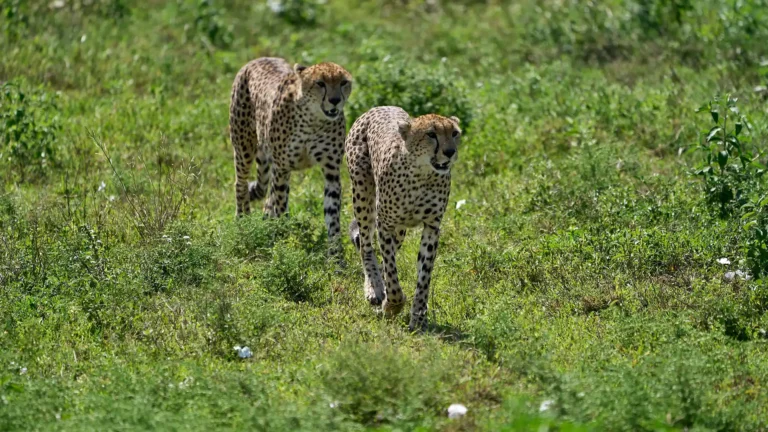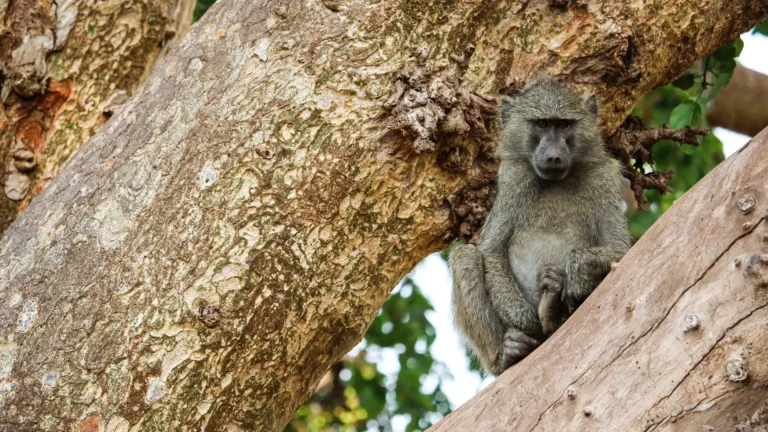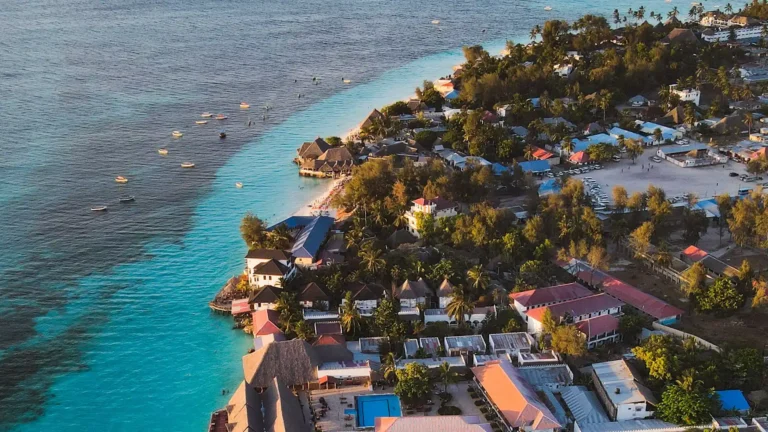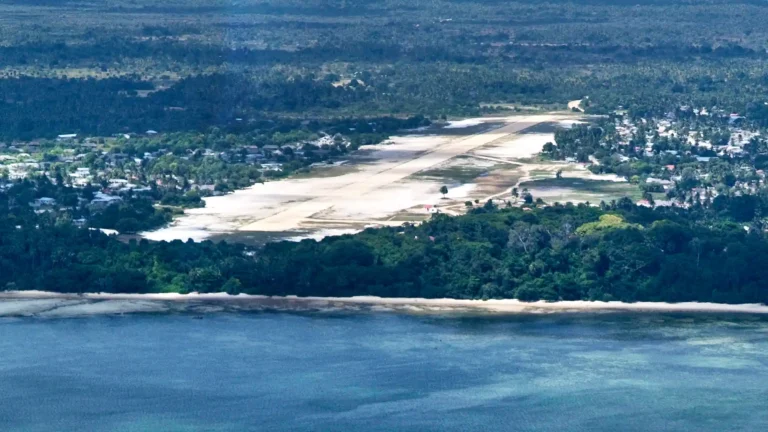Serengeti National Park
A world-renowned park with the Great Migration, big cats, and endless plains.
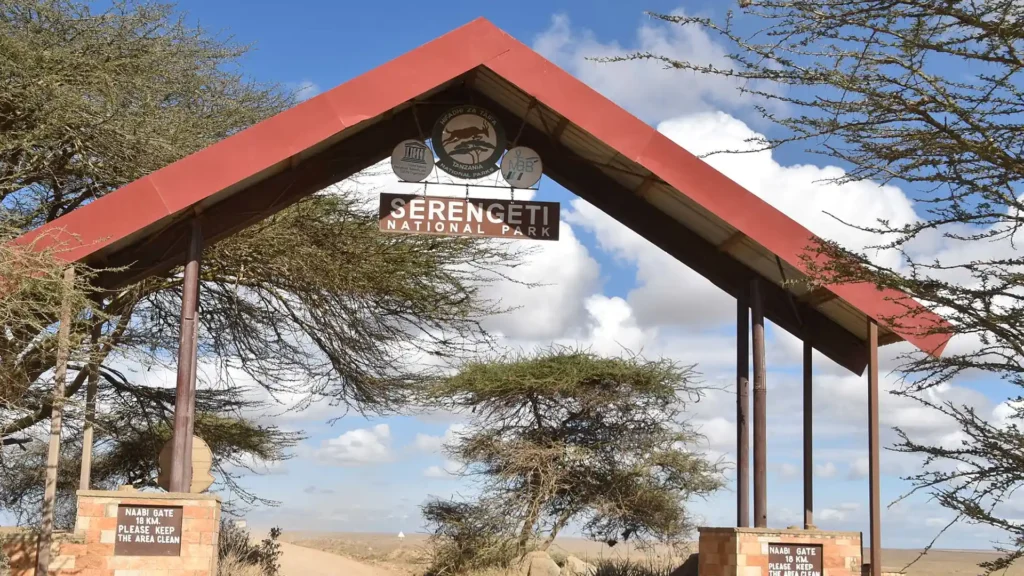
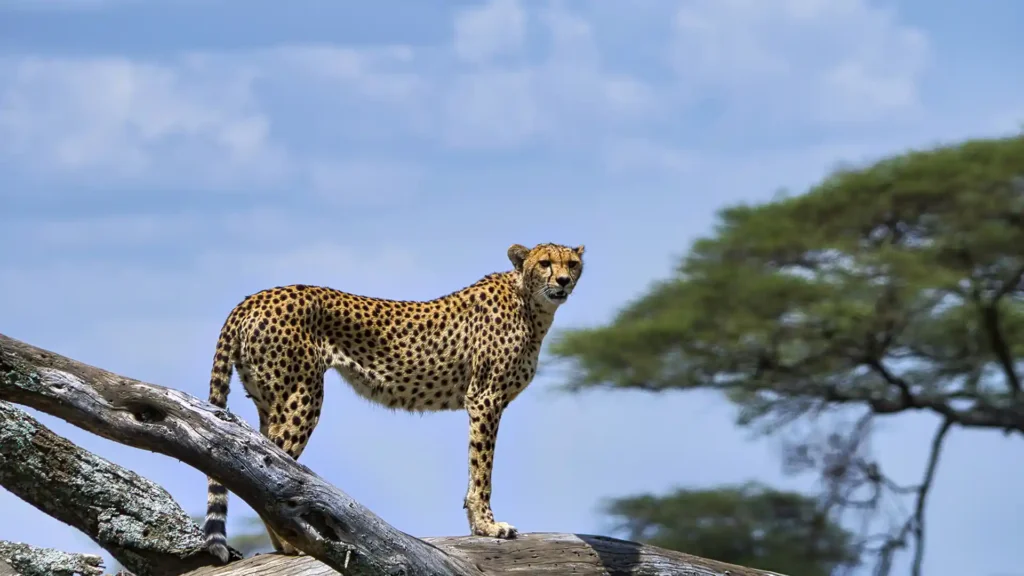
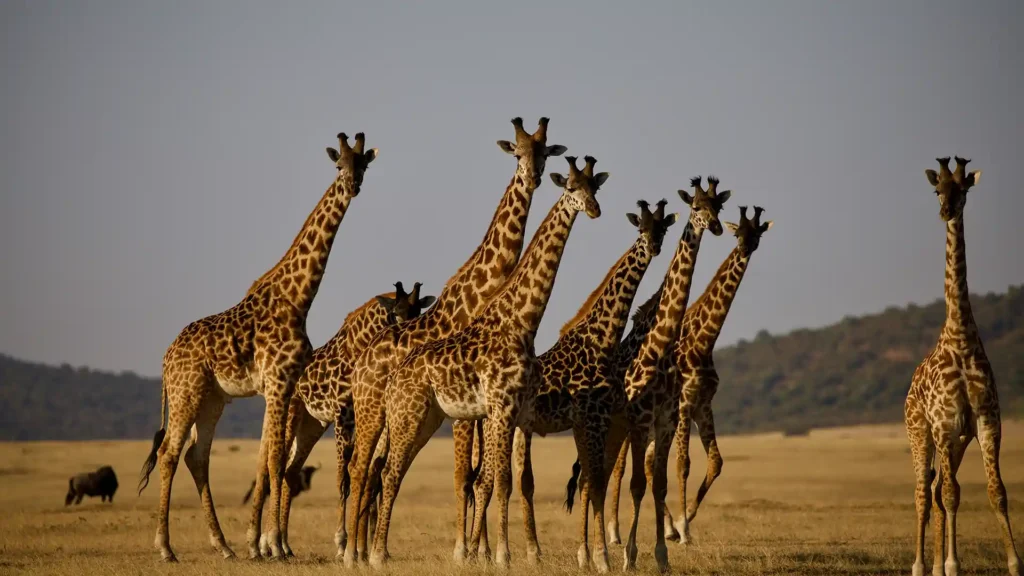
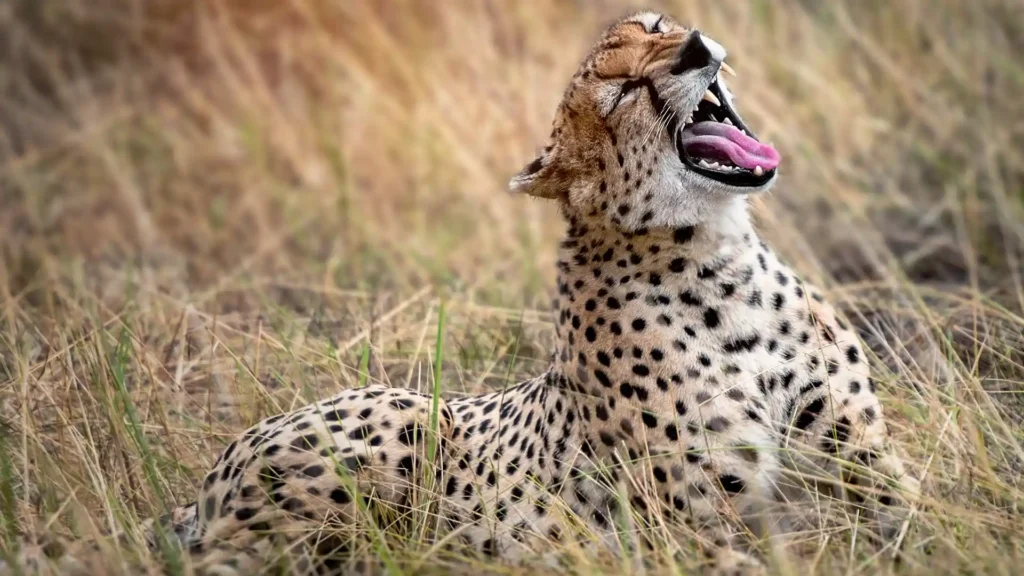
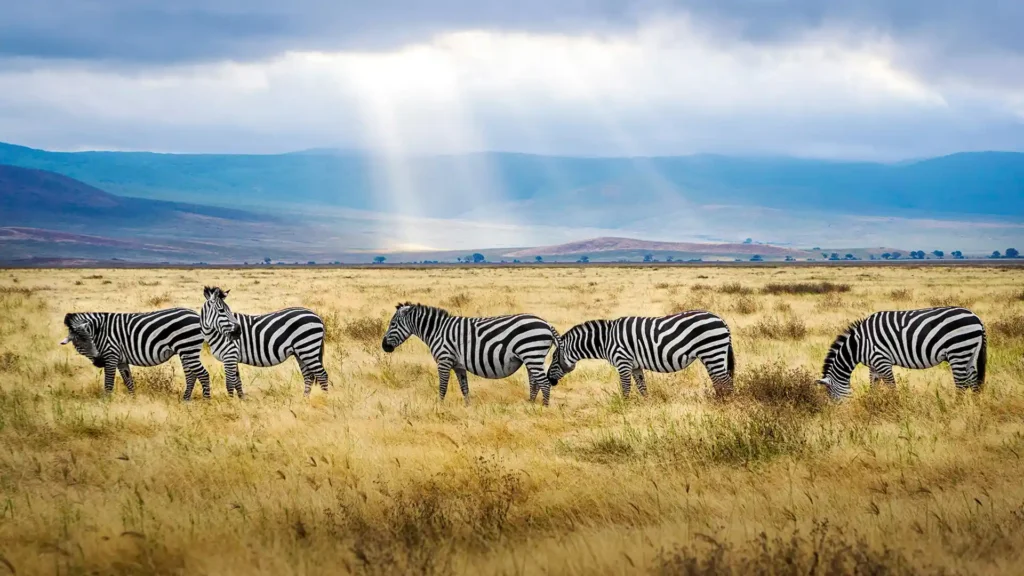
Overview
Serengeti National Park is one of the most renowned wildlife reserves in Africa, located in northern Tanzania. Spanning over 14,000 square kilometers, the park is home to a wide range of animal species, including the famous Big Five (lions, elephants, leopards, rhinos, and buffalos). The park is also known for its annual wildebeest migration, which is considered one of the world’s most magnificent natural spectacles. The park’s climate is tropical, with hot and dry summers and cool and dry winters. Its diverse geographical areas, including grasslands, savannas, woodlands, and forests, make it an ideal habitat for a wide range of plant and animal species. With its unique blend of natural beauty, wildlife, and adventure
Things to Do
Great Migration Safaris: Embark on a safari to witness the awe-inspiring Great Migration, where millions of wildebeest, zebras, and other animals traverse the plains.
Hot Air Balloon Safaris: Soar above the Serengeti on a hot air balloon safari for a breathtaking aerial view of the expansive landscapes and wildlife.
Guided Nature Walks: Connect with nature on guided walks, led by experienced rangers who unveil the secrets of the bush, from smaller creatures to diverse flora.
Bird Watching Extravaganza: Explore the park’s avian wonders, with over 500 bird species to spot, making it a paradise for birdwatchers.
Cultural Interaction: Engage with Maasai communities on cultural tours, gaining insights into their traditional lifestyle and customs.
What to See
Big Five Encounters: Encounter the iconic Big Five—lion, elephant, buffalo, leopard, and rhinoceros—roaming freely in their natural habitat.
Ngorongoro Crater: Venture to the nearby Ngorongoro Crater, a UNESCO World Heritage Site, known for its incredible wildlife density.
Serengeti’s Kopjes: Explore the unique granite outcrops called kopjes, offering vantage points to spot predators and panoramic views.
Grumeti River Crossings: Witness the drama of river crossings during the Great Migration, as wildebeest and zebras brave crocodile-infested waters.
Olduvai Gorge: Visit Olduvai Gorge, an archaeological site where early human fossils were discovered, providing a glimpse into our evolutionary history.
Best Time to Visit
The best time to visit Serengeti National Park is during the dry season, which runs from June to October. This is when the wildlife is most concentrated around water sources, making it easier to spot. If you’re interested in witnessing the annual wildebeest migration, the best time to visit is between November and August, when the herds move across the plains.
Getting there
By Air: Fly into Seronera Airstrip within the park or nearby airstrips, ensuring a convenient and swift entry.
By Road: Drive from Arusha or other neighboring towns, enjoying the scenic journey to the park’s various entrances.
Where to Stay
Mid-Range Accommodation:
Kati Kati Tented Camp
Located in the heart of the Serengeti, Kati Kati Tented Camp offers comfortable and spacious tents with en-suite bathrooms. The camp also features a restaurant and bar area, as well as a campfire spot for evening entertainment.
Serengeti Sopa Lodge
Nestled in the Nyarboro Hills, Serengeti Sopa Lodge offers stunning views of the Serengeti plains. The lodge features spacious rooms and suites with private balconies, as well as a swimming pool, restaurant, and bar.
Luxury Accommodation:
Four Seasons Safari Lodge Serengeti
The Four Seasons Safari Lodge Serengeti offers luxury accommodations in the heart of the park. The lodge features spacious rooms and suites with stunning views of the Serengeti plains, as well as a swimming pool, spa, restaurant, and bar.
Singita Grumeti Reserves
Singita Grumeti Reserves offers a range of luxurious accommodations, including lodges, tents, and villas. The property features a spa, restaurant, bar, and swimming pool, as well as a range of activities such as game drives, walking safaris, and hot air balloon safaris.
Other Attractions in Tanzania
General Knowledge Base
General information about Serengeti National Park, Tanzania.
Serengeti comes from the Maasai language, meaning “endless plains”.
Serengeti National Park covers an area of approximately 14,750 square kilometers.
The annual wildebeest migration is the movement of millions of wildebeests, zebras, and gazelles across the Serengeti plains in search of food and water.
The Big Five refers to the five most difficult animals to hunt on foot – lions, elephants, leopards, rhinos, and buffalos.
The highest point in Serengeti National Park is Mount Serengeti, which stands at an elevation of 1,828 meters.
Serengeti National Park is home to a variety of vegetation, including grasslands, savannas, woodlands, and forests.
Serengeti National Park is home to a diverse range of animal species, including the Big Five, cheetahs, hyenas, giraffes, zebras, and wildebeests.
Serengeti National Park is easily accessible by air and road. The closest airport is the Seronera Airstrip, which is serviced by several airlines. Alternatively, you can drive to the park from Arusha, which takes approximately 8 hours.


